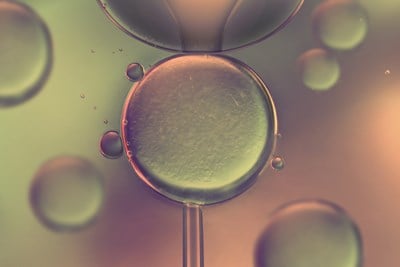Artificial insemination is a common method used to treat various types of infertility. During this procedure, “washed” sperm are placed directly into the woman’s reproductive tract, most commonly into the uterus. This makes it easier for the sperm to travel to and fertilize waiting eggs without having to go through other obstacles. Here are some of the types of infertility problems that are treated by artificial insemination.
Unexplained Infertility
If you and your partner are experiencing infertility for unknown reasons, then artificial insemination is usually the first line of treatment attempted. Ovulation-inducing fertility medications are usually recommended to increase the chance of success with artificial insemination in these cases.
Endometriosis Infertility
Endometriosis is a disease that affects many women of reproductive age and causes the tissue that normally lines the inside of the uterus to grow outside of it. This condition causes severe pelvic pain and can also be associated with infertility as well. Though there are many more complicated and expensive routes of treatment available, using fertility medications along with intrauterine insemination is usually one of the first things women suffering from endometriosis-related infertility will try.
Mild Male Factor Infertility
When medically assessing infertility, one of the first steps is to analyze your partner’s semen. This analysis could show a number of things, such as below-average sperm concentration, weak movement of sperm, or abnormalities in the shape and size of the sperm. If this is the case, artificial insemination can help because the sperm are “washed” before they are implanted in the uterus. This process separates the normal, healthy sperm from the weaker, lower-quality sperm. Artificial insemination has a higher rate of success if only small amounts of highly concentrated healthy sperm are implanted.
Cervical Factor Infertility
A woman’s cervix is the opening between the vagina and the uterus. During ovulation, your cervix produces mucus that is intended to provide an ideal environment for sperm to travel from the vagina to the fallopian tubes. However, the cervical mucus can sometimes be too thick and impede the sperm’s journey to the fallopian tubes. If this is the case, artificial insemination can be helpful, since it bypasses the cervix and deposits the sperm directly in the uterus, thereby increasing the number of sperm that will be available to meet the waiting egg.
Semen Allergy
In rare cases, women are allergic to the proteins that are found in semen. When this happens, ejaculation causes redness, burning, and swelling everywhere that the semen makes contact with the skin. During artificial insemination, many of the proteins that cause this allergy are removed when the sperm is “washed,” which will prevent these symptoms from occurring.



